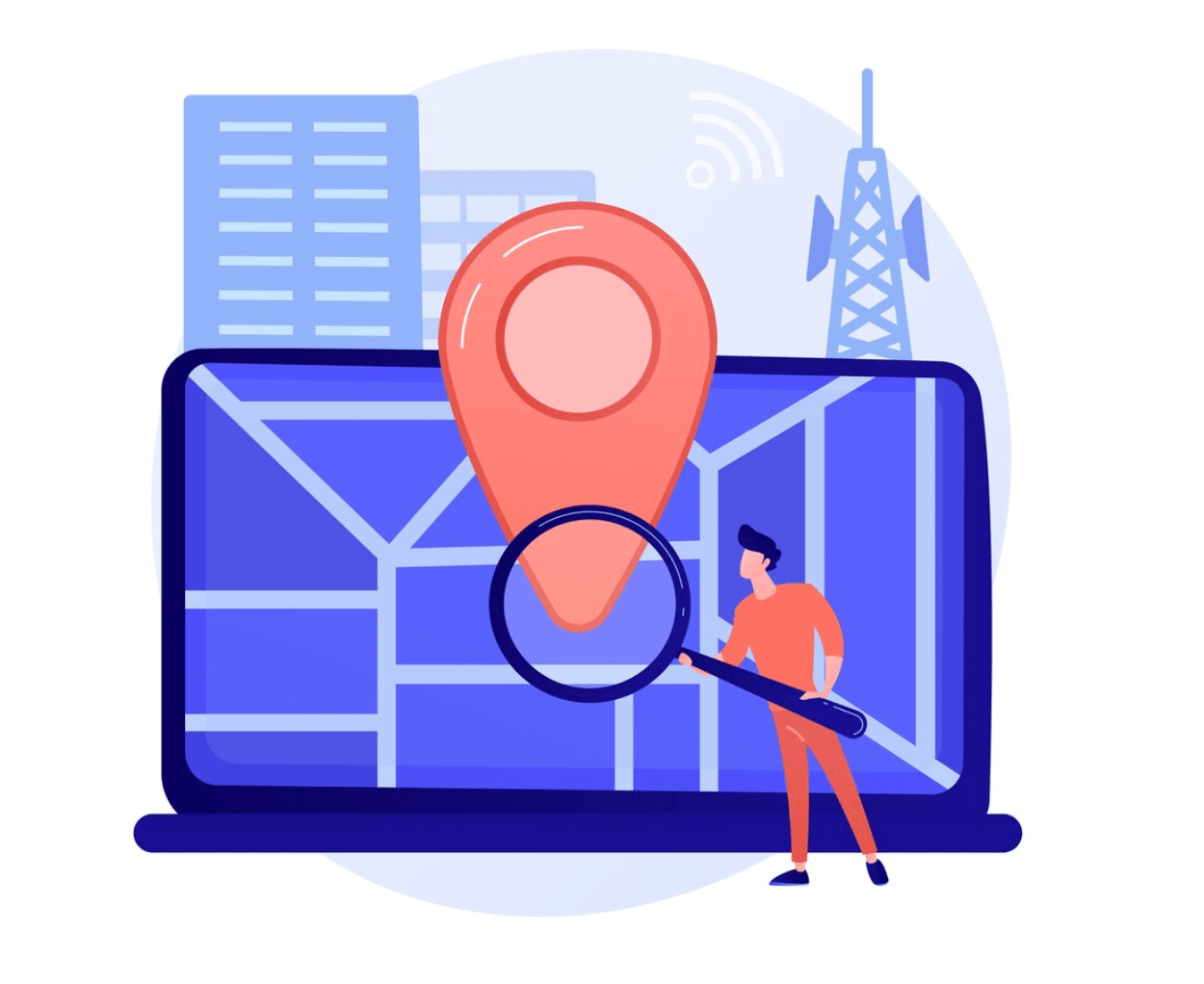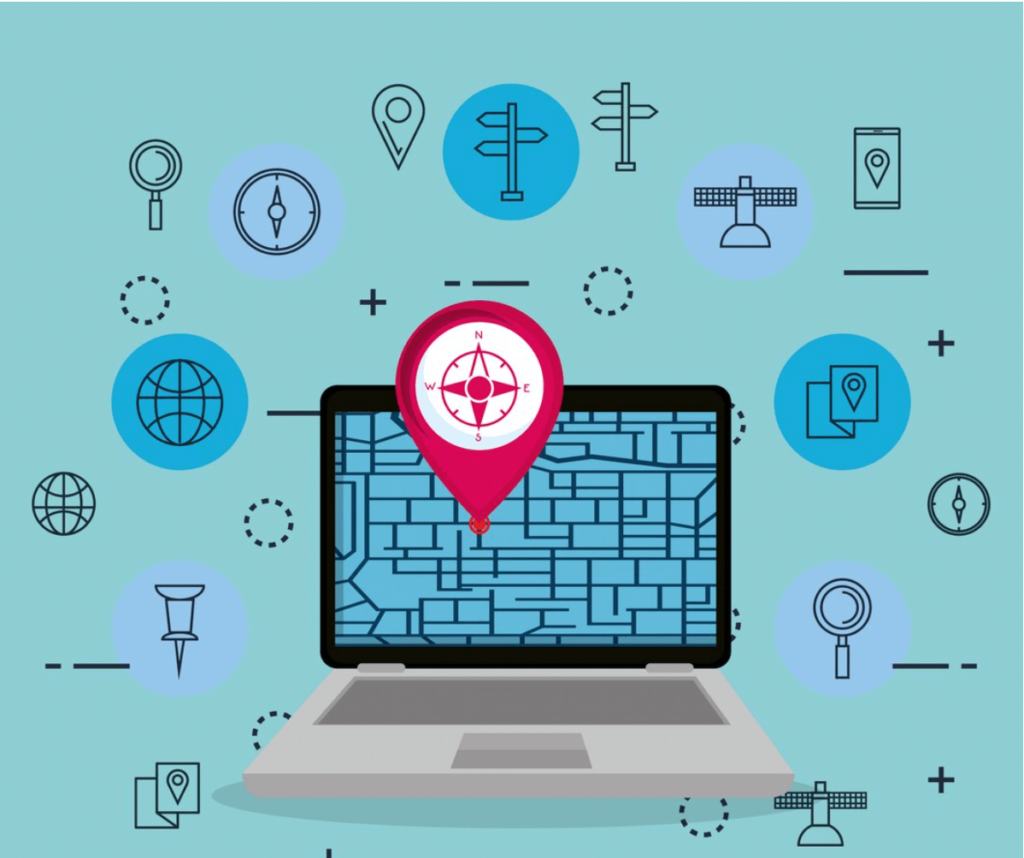Equipment Geolocation: Advantages and Tool Selection

Improving the Supply Chain to be More Efficient is a major challenge for any business. That’s where equipment geolocation comes into play! In this article, we’ll explain why you shouldn’t overlook this functionality and what different tools are available to you.
- Equipment Geolocation: What Are We Talking About?
- Advantages of Equipment Geolocation
- Different Existing Tools
- Equipment Geolocation: Privacy Concerns
Equipment Geolocation: What Are We Talking About?
Definition
Equipment geolocation, as the name suggests, involves determining the real-time physical position of an object or equipment. In other words, this technology allows you to know exactly where equipment, vehicles, or any other asset is located, anywhere in the world.
When to Use It
Now that we have a clear idea of what equipment geolocation is, let’s discuss the opportune times to use it. This technology is highly versatile and can be applied in various professional contexts. Here are some common situations where equipment geolocation can be essential:
- Fleet Management: Transport companies can use geolocation to track their vehicles in real-time, optimize routes, and improve operational efficiency.
- Logistics: Geolocation is valuable in warehouse and inventory management, allowing you to track product locations, minimize losses, and ensure timely delivery.
- Security: Security companies can use geolocation to monitor assets, detect intrusions, and quickly respond to issues.
- Construction: Construction companies can utilize it to locate equipment on job sites, thereby preventing theft or loss.
- Maintenance: Equipment geolocation helps in scheduling preventive maintenance, ensuring the proper functioning of machinery and equipment.

Advantages of Equipment Geolocation
- Optimized Resource Management
Equipment geolocation enables more efficient management of your company’s resources. You have real-time visibility of where your equipment, vehicles, or other assets are located, allowing smarter allocation to tasks in greater need. This reduces unnecessary downtime.
- Reduced Operational Costs
By closely tracking your equipment’s location, you can reduce operational costs. For instance, planning more efficient routes for your drivers saves fuel and time. Additionally, preventive maintenance becomes simpler, decreasing unexpected repair costs.
- Improved Safety
Employee safety and asset protection are priorities. Equipment geolocation helps strengthen security. You can quickly respond to incidents, such as theft or accidents, by pinpointing the exact equipment location. Moreover, monitoring driving behaviors helps mitigate risks.
- Enhanced Customer Satisfaction
Punctuality is a major factor in customer satisfaction. Using geolocation, you can track deliveries and appointments in real-time, ensuring your clients receive services or products on schedule.
- Informed Decision Making
Geolocation provides valuable data for informed decision-making. You can analyze your asset movement trends to better understand your business. This information helps optimize operations and plan for growth.
- Increased Responsiveness
In case of issues, geolocation allows you to respond swiftly. If a vehicle breaks down on the road, you can send a rescue team directly to its position, minimizing service interruptions.
- Enhanced Employee Productivity
Having an overview of your equipment’s location allows you to minimize downtime and maximize employee productivity. This improves job satisfaction and increases your company’s profitability.

Different Existing Tools
GPS Trackers
GPS trackers are compact, easy-to-install devices that can be attached to any equipment you wish to monitor. They use Global Positioning System (GPS) technology to provide accurate real-time location data. This data can be accessed via an app or an online platform, giving you complete visibility of your assets.
Geofencing Systems
Geofencing systems define specific geographical areas, and when equipment enters or exits these zones, you receive real-time notifications. This approach is particularly useful for tracking mobile assets, such as vehicles.
Tracking Applications
Many tracking applications use smartphones’ GPS technology to locate and monitor equipment. These apps are user-friendly and cost-effective, but they may not offer the necessary precision for certain types of assets.
At Nomadia, we’ve helped businesses of all sizes improve their logistics. We are confident we can help you too.
Equipment Geolocation: Privacy Concerns
- Protection of Sensitive Data
When it comes to real-time tracking of significant assets, such as commercial vehicles or construction equipment, data security is paramount. Geolocation data is sensitive and must be appropriately protected.
- End-to-End Encryption
One of the most critical security measures is using end-to-end encryption. This process ensures that data is converted into an unreadable code during transmission, making it inaccessible to unauthorized individuals.
- Strict Access Control
Managing access permissions is essential to ensure that only authorized personnel can access geolocation data. You have the ability to define specific access levels for each user.
- Compliance with Data Protection Regulations
It is imperative to comply with data protection regulations, such as GDPR in Europe. These regulations safeguard individuals’ privacy rights, and adherence is necessary.
- Transparency and Consent
Promoting transparency is a crucial component of geolocation. Obtaining consent from relevant individuals, when required, is important, as is providing clear information on the purpose of data collection.
